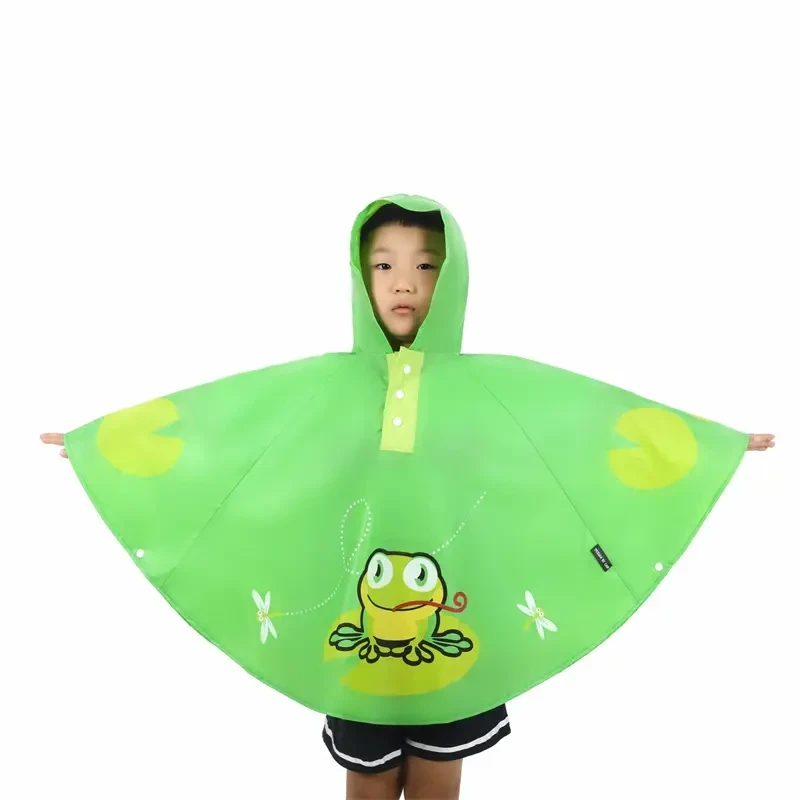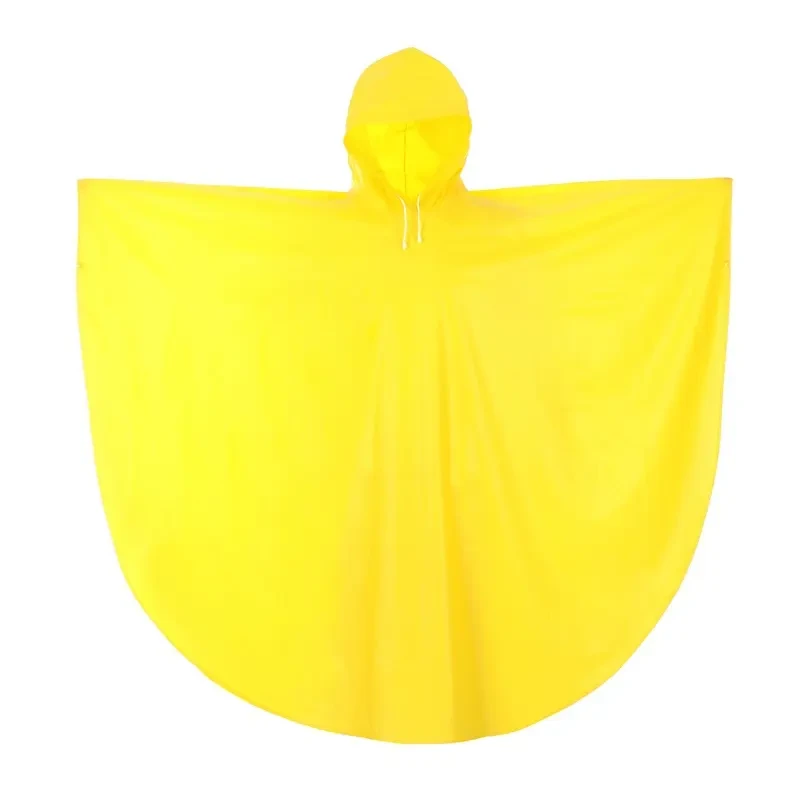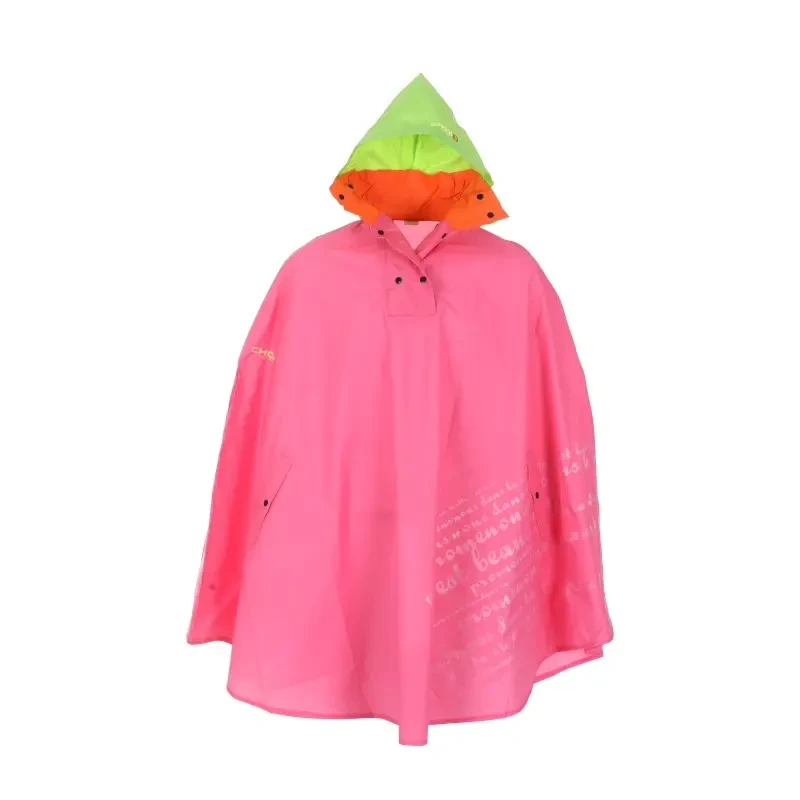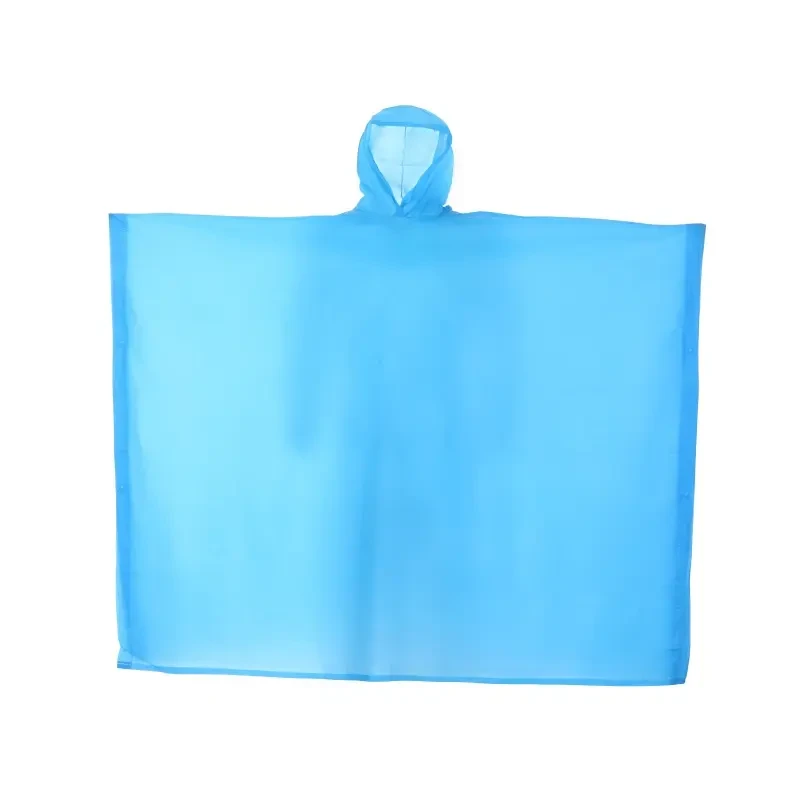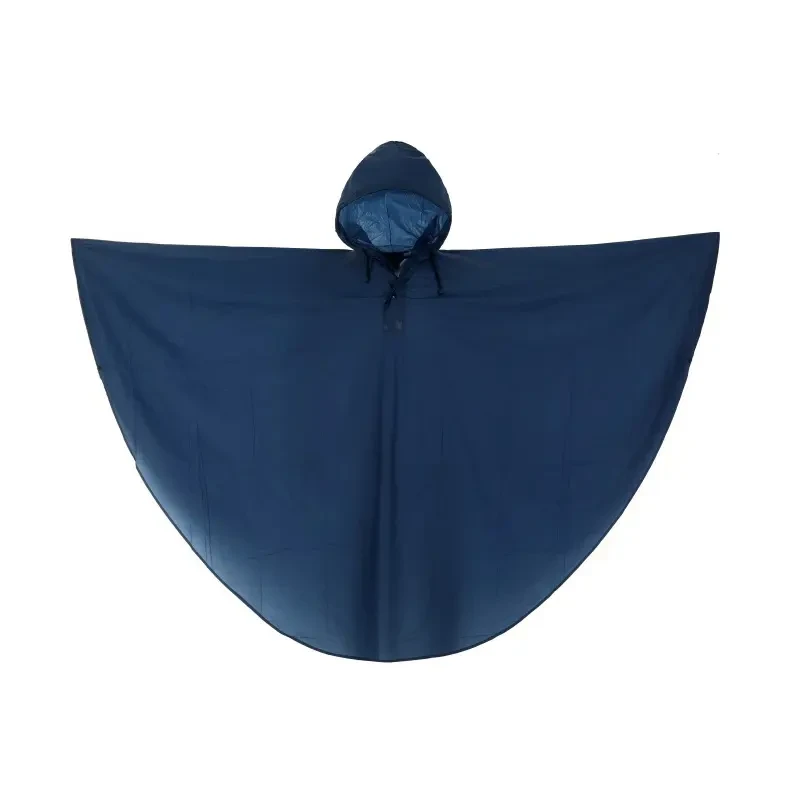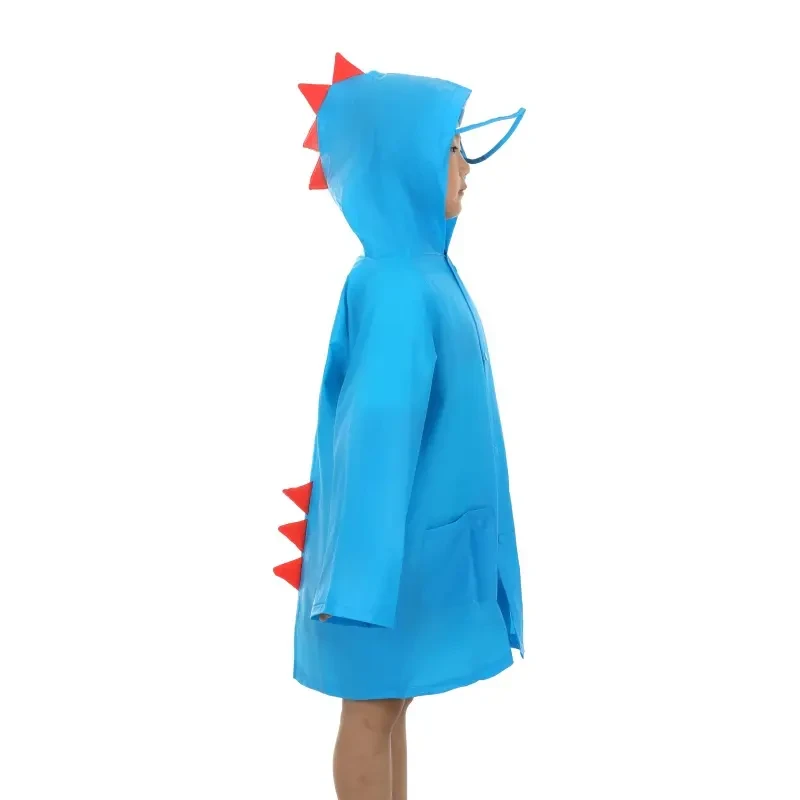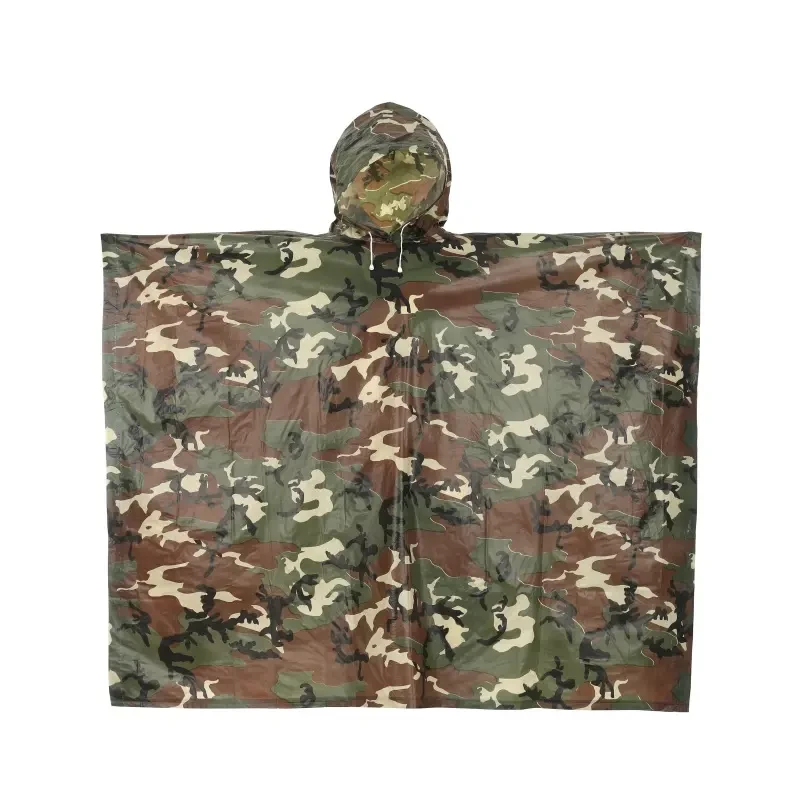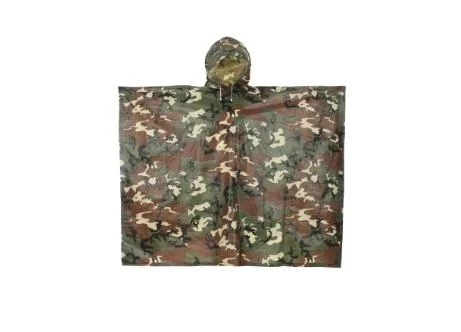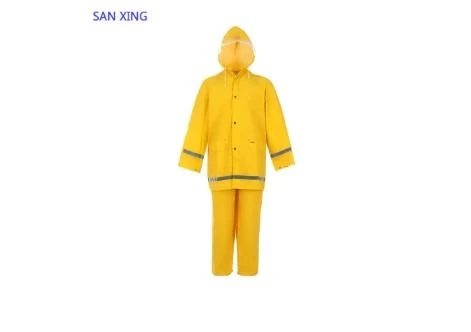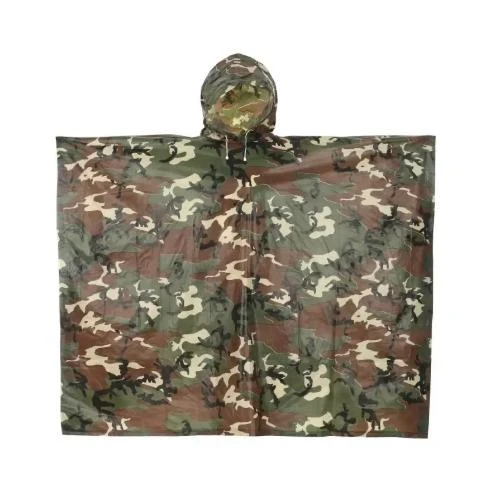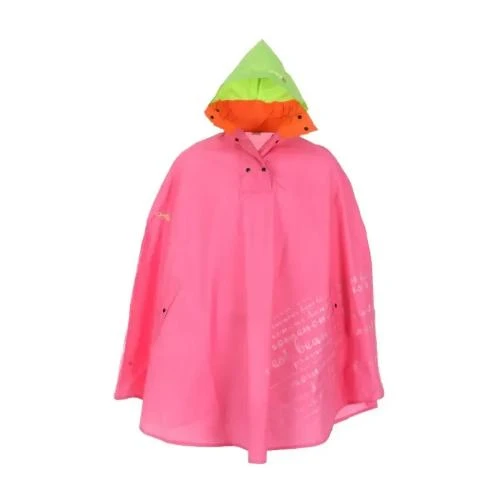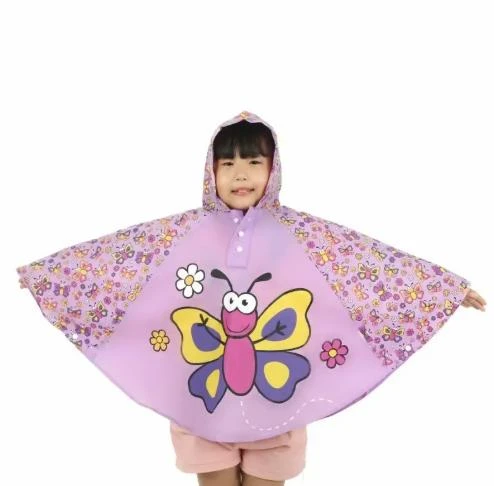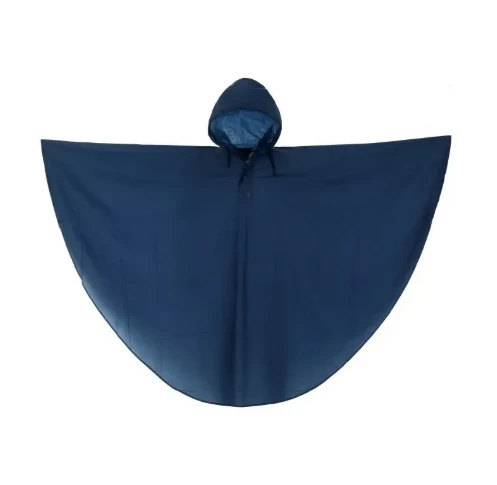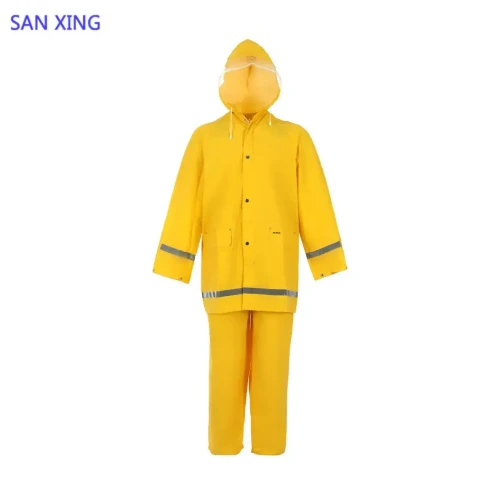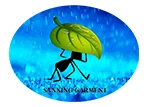
- Afrikaans
- Albanian
- Amharic
- Arabic
- Armenian
- Azerbaijani
- Basque
- Belarusian
- Bengali
- Bosnian
- Bulgarian
- Catalan
- Cebuano
- Corsican
- Croatian
- Czech
- Danish
- Dutch
- English
- Esperanto
- Estonian
- Finnish
- French
- Frisian
- Galician
- Georgian
- German
- Greek
- Gujarati
- Haitian Creole
- hausa
- hawaiian
- Hebrew
- Hindi
- Miao
- Hungarian
- Icelandic
- igbo
- Indonesian
- irish
- Italian
- Japanese
- Javanese
- Kannada
- kazakh
- Khmer
- Rwandese
- Korean
- Kurdish
- Kyrgyz
- Lao
- Latin
- Latvian
- Lithuanian
- Luxembourgish
- Macedonian
- Malgashi
- Malay
- Malayalam
- Maltese
- Maori
- Marathi
- Mongolian
- Myanmar
- Nepali
- Norwegian
- Norwegian
- Occitan
- Pashto
- Persian
- Polish
- Portuguese
- Punjabi
- Romanian
- Russian
- Samoan
- Scottish Gaelic
- Serbian
- Sesotho
- Shona
- Sindhi
- Sinhala
- Slovak
- Slovenian
- Somali
- Spanish
- Sundanese
- Swahili
- Swedish
- Tagalog
- Tajik
- Tamil
- Tatar
- Telugu
- Thai
- Turkish
- Turkmen
- Ukrainian
- Urdu
- Uighur
- Uzbek
- Vietnamese
- Welsh
- Bantu
- Yiddish
- Yoruba
जुलै . 08, 2025 04:07
- Introduction to travel rain poncho
s and their growing relevance - The science and technology behind lightweight rain ponchos for travel
- Comparative analysis of leading manufacturers
- Customization options for travel rain ponchos
- Real-world application scenarios and user experiences
- Environmental and cost considerations
- Conclusion summarizing the value of the travel rain poncho
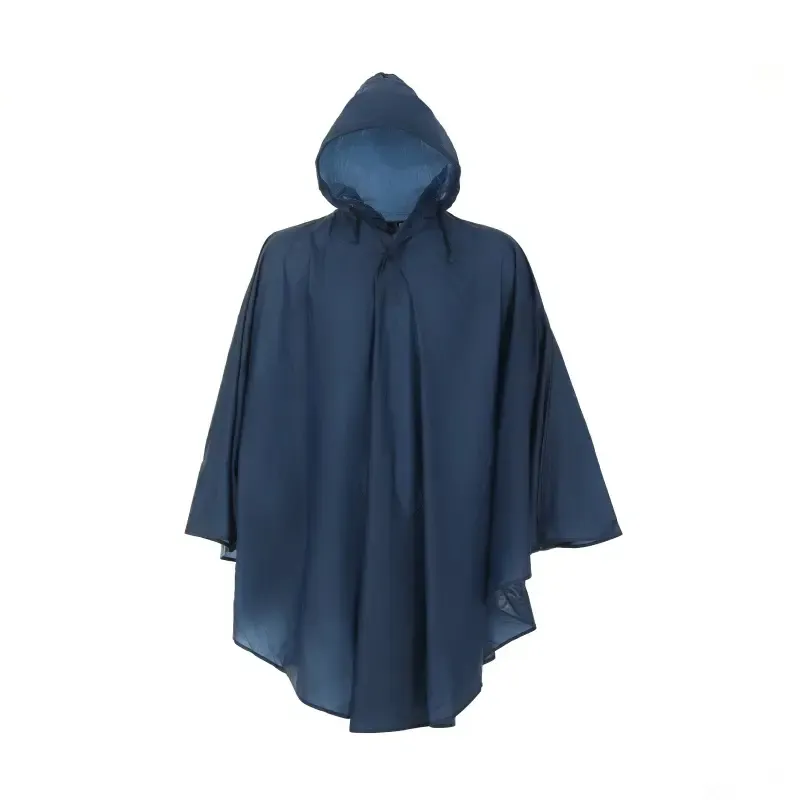
(travel rain poncho)
Travel Rain Poncho: The Essential Solution for On-the-Go Protection
In the modern era of mobility, outdoor gear that offers maximum utility with minimal inconvenience is a must. The travel rain poncho has become a critical accessory for adventurers, tourists, business travelers, and daily commuters alike. Recent statistics from the Outdoor Industry Association reveal that over 67% of frequent travelers listed weather as a primary concern, with sudden rain accounting for approximately 45% of travel disruptions. Unlike traditional bulky raincoats or cumbersome umbrellas, the travel rain poncho offers compact, easily accessible weather protection. Its recent surge in popularity underscores its practicality and necessity, especially for those who value flexibility and convenience during unpredictable weather.
Technological Advancements in Lightweight Rain Ponchos for Travel
The evolution of lightweight rain poncho for travel has been marked by significant advances in material science and design. High-performance synthetic fabrics such as ripstop nylon and thermoplastic polyurethane (TPU) have revolutionized the durability-to-weight ratio. A typical lightweight travel rain poncho now weighs less than 200 grams (7 ounces), yet provides waterproof ratings of up to 10,000 mm according to ASTM standards.
Advanced seam-sealing and laser-cut construction methods prevent leakage while maintaining breathability. Ventilation systems, adjustable hoods, and ergonomic designs ensure that comfort is not sacrificed for portability. Many models are now engineered to compress into palm-sized pouches, making them ideal for travel kits or emergency backpacks. This synthesis of weight reduction and weather protection propels the product into a must-have accessory for modern travelers.
Comparative Manufacturer Analysis: Features, Performance, and Value
When evaluating travel rain ponchos, understanding manufacturer differences is essential to making an informed decision. Below is a feature comparison of leading brands, highlighting key parameters such as weight, material, waterproof rating, pack size, and price:
| Brand | Weight | Material | Waterproof Rating | Packed Size | Average Price |
|---|---|---|---|---|---|
| Sea to Summit Ultra-Sil Nano | 143g (5oz) | 15D Ripstop Nylon with Silicone Coating | 1,200 mm | 10 x 7 cm | $54.95 |
| Outdoor Research Helium | 180g (6.3oz) | Pertex Diamond Fuse | 10,000 mm | 13 x 8 cm | $69.00 |
| Frogg Toggs Ultra-Lite2 | 195g (6.9oz) | Polypropylene Nonwoven | 5,000 mm | 16 x 10 cm | $19.99 |
| Decathlon Quechua Raincut | 250g (8.8oz) | 100% Polyester Coated PU | 2,000 mm | 20 x 12 cm | $12.90 |
| REI Co-op Flash | 160g (5.6oz) | Ripstop Nylon with DWR | 5,000 mm | 13 x 9 cm | $49.95 |
The table above demonstrates the diverging offerings in terms of protection, packability, and affordability. Adventure enthusiasts might prioritize waterproof ratings and durable fabrics, while urban travelers may seek ultralight options with easy stowage.
Customization: Tailoring Rain Ponchos to Unique Travel Needs
With a growing demand for personalized gear, many manufacturers and retailers now offer customization services for travel rain ponchos. Options extend beyond color and pattern selection; some brands allow custom sizing, corporate or event branding, and integrated accessories such as reflective strips or RFID pockets.
Bulk and OEM solutions enable tour companies, schools, and corporates to emboss logos or integrate unique identifiers for safety. Technical add-ons like zippered vents, modular extensions, or advanced antimicrobial coatings can be incorporated to suit specialized use cases. This flexibility enhances not just brand visibility but also increases functional suitability for diverse climates and activities, from urban sightseeing tours to remote hiking expeditions.
Real-World Applications: Travel Rain Poncho in Practice
Field data supports the practical significance of the lightweight rain poncho for travel across various scenarios. In a 2023 survey of 1,500 travelers by Backpacker Magazine, 78% reported carrying a rain poncho or similar weather shield, ranking it second only to reusable water bottles in essential gear. Backpackers cited the ability to keep both themselves and gear dry, while city commuters highlighted its readiness and ease of use during heavy downpours.
Application cases include:
- Multi-day hiking trips: Ponchos double as emergency shelters or gear covers.
- Music festivals & sporting events: Mass distribution of ponchos ensures event continuity even during sudden rain.
- International travel: Ponchos offer privacy and protection in unpredictable climates without burdening luggage.
- Outdoor work: Construction and logistics professionals favor them for rapid deployment and full-body coverage.
Environmental Impact and Cost Effectiveness
Environmental responsibility is increasingly central to product design and consumer choice. Many lightweight travel rain poncho models now use recycled or bluesign®-certified fabrics to minimize ecological footprints. According to Ethically Engaged’s 2022 report, modern poncho manufacturing can reduce virgin material use by up to 30% through innovative recycling programs.
From a cost perspective, investing in a reusable and resilient rain poncho significantly reduces overall expenditures compared to repeated purchases of disposable alternatives. For example, a $40 high-quality poncho averaging 40 uses yields a per-use cost of $1, whereas single-use plastics, often priced at $2 per item, rapidly exceed the investment in a sustainable product. Long-term savings and reduced waste go hand-in-hand, positioning the travel rain poncho as both a practical and responsible choice.
Conclusion: Enhancing Every Journey with the Travel Rain Poncho
The rise of the travel rain poncho embodies a shift towards efficient, thoughtful travel gear, balancing performance, packability, cost, and environmental impact. Thanks to technological advancements, customizable options, and extensive manufacturer offerings, travelers no longer need to compromise between convenience and protection. Whether exploring a distant city, trekking through remote regions, or simply ensuring daily preparedness, the lightweight travel rain poncho stands as an indispensable companion—ensuring that plans stay on track, regardless of the weather.
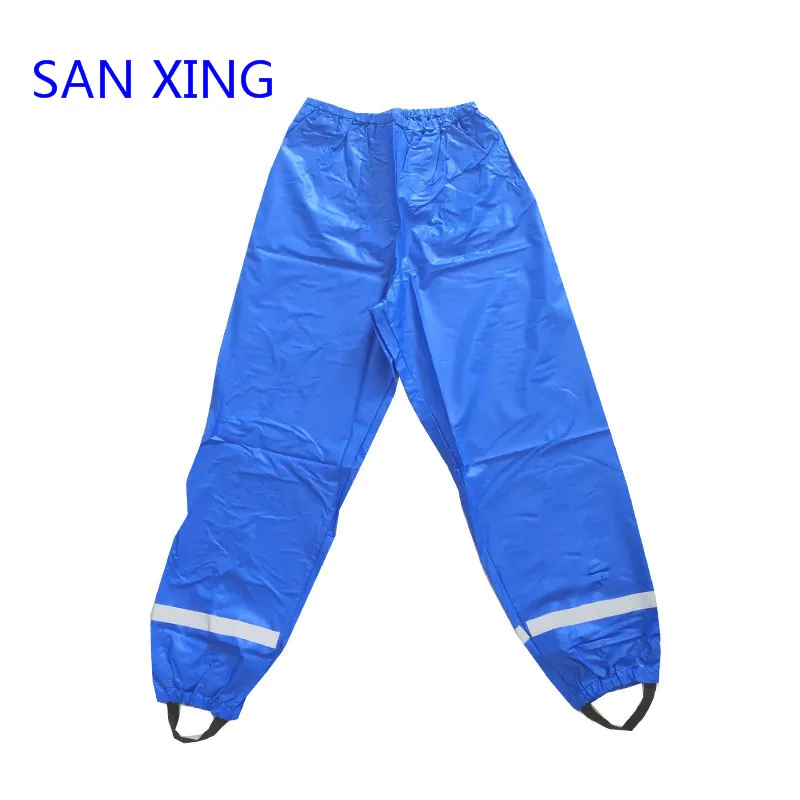
(travel rain poncho)
FAQS on travel rain poncho
Q: What is a travel rain poncho?
A: A travel rain poncho is a lightweight, portable garment designed to protect you from rain while traveling. It is usually made of waterproof material and easily folds into a compact size. This makes it convenient to carry in your bag or luggage.Q: How is a lightweight rain poncho for travel different from a regular poncho?
A: A lightweight rain poncho for travel is made with thinner, lighter materials to reduce bulk. It is designed specifically for easy packing and carrying. Regular ponchos may be heavier and less portable.Q: Can a lightweight travel rain poncho fit in a small bag or pocket?
A: Yes, most lightweight travel rain ponchos are designed to fold into a compact pouch. This makes them easy to carry in a small bag or even a large pocket. They are perfect for unexpected rain during trips.Q: Are travel rain ponchos reusable?
A: Many travel rain ponchos are reusable and made from durable materials. Some are also designed for single use and easy disposal. Always check the product details for reusability.Q: What features should I look for in a travel rain poncho?
A: Look for waterproof material, a hood for extra protection, and compact, lightweight design. Some ponchos also offer ventilation or extra room for backpacks. These features ensure comfort and convenience while traveling.Related Products
Related News



